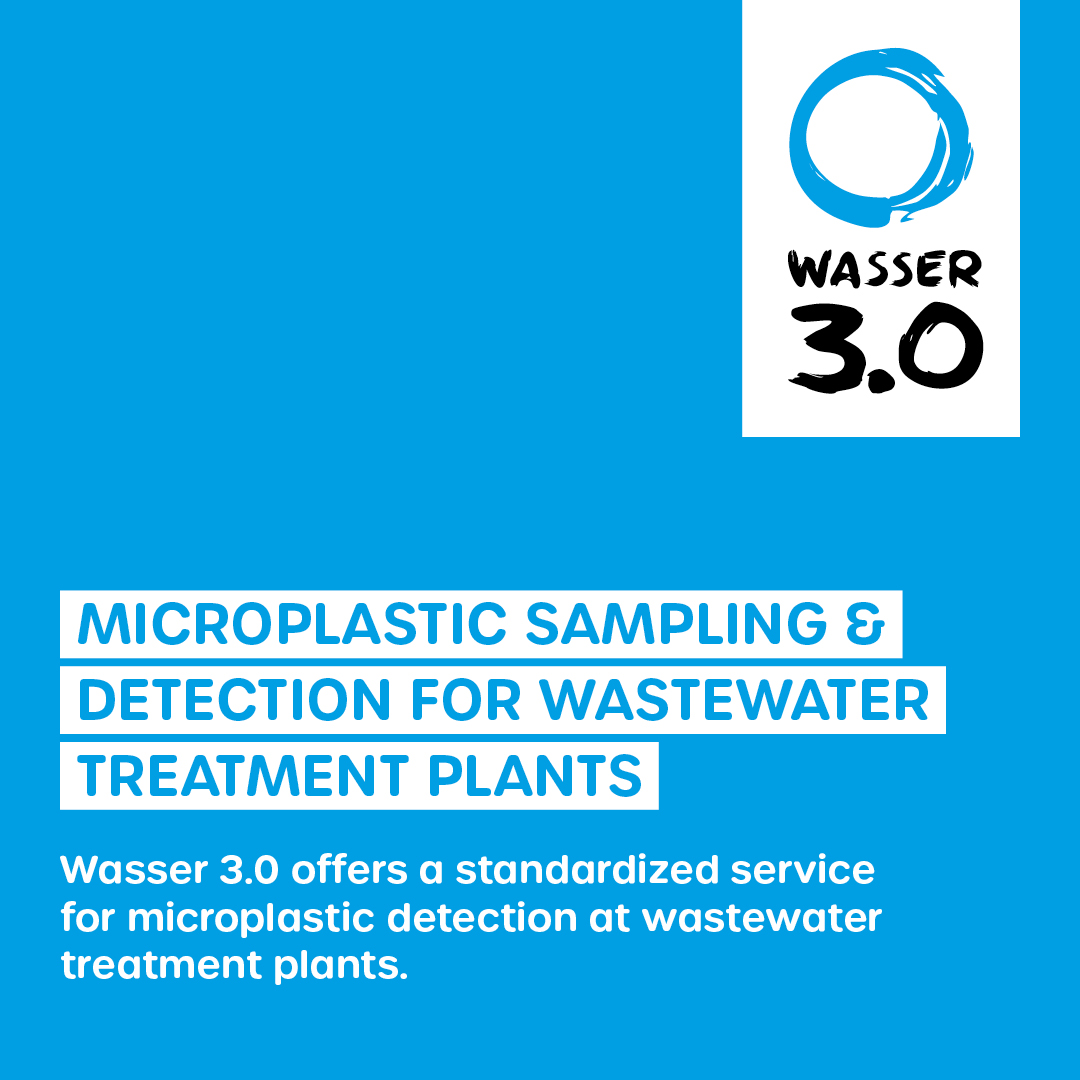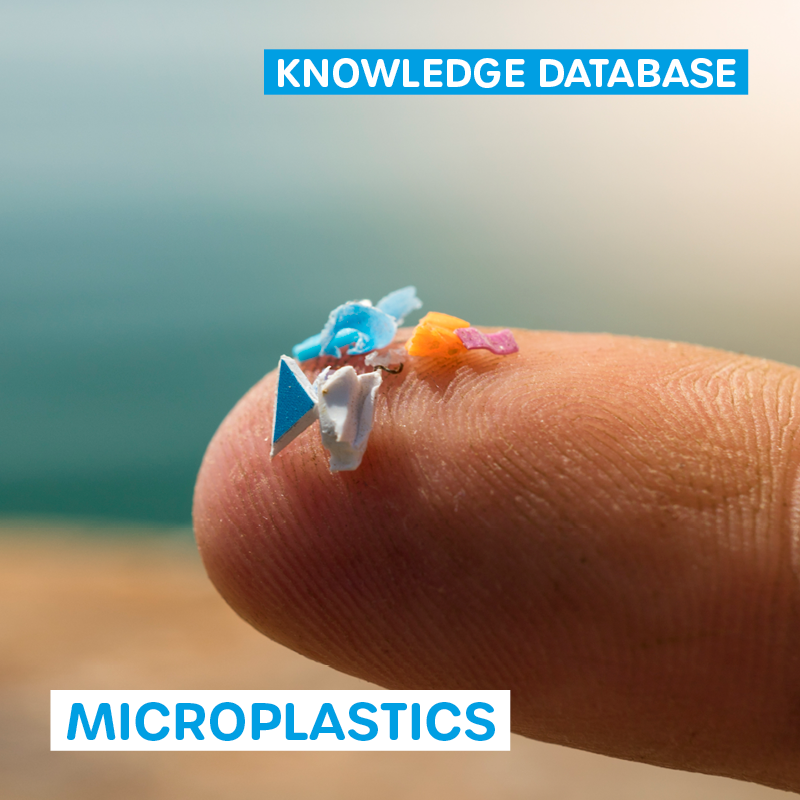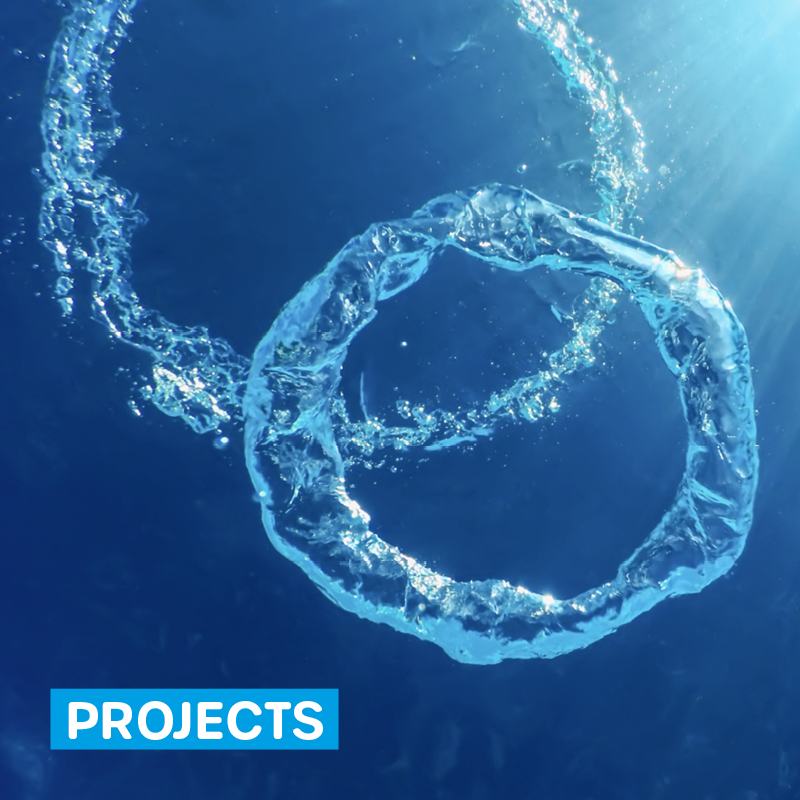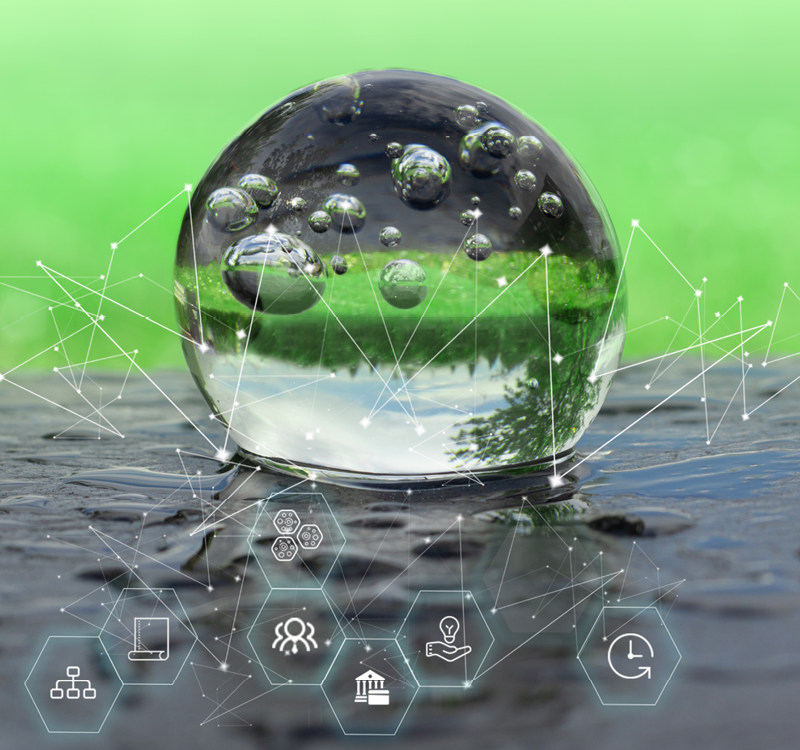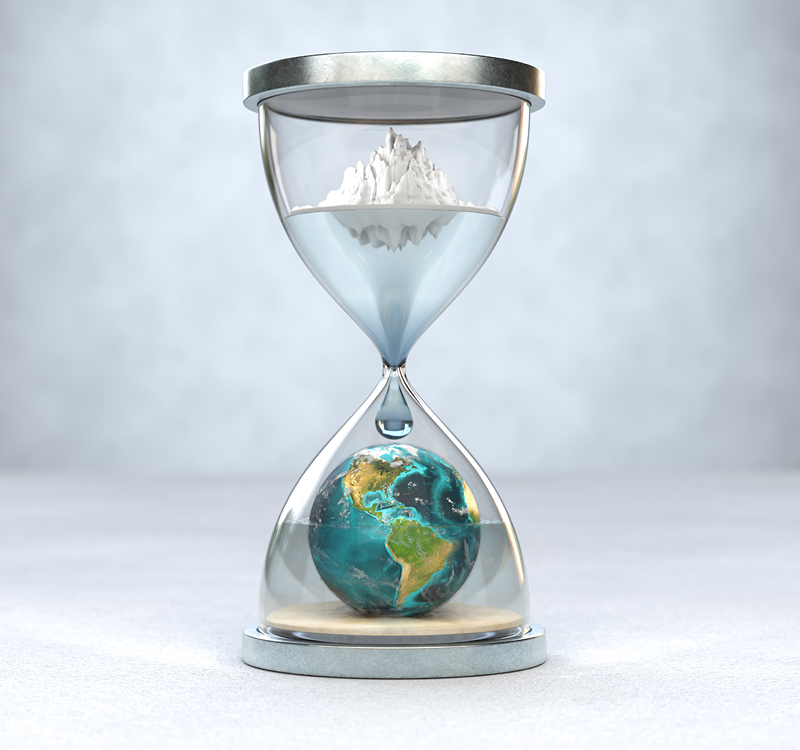
Microplastic analytics for municipal and industrial wastewater and water bodies
Cost-effective and comparable: On the trail of microplastics in the environment.
Wasser 3.0 detect puts an end to the current "blind mode" of (waste)water purification. Conventional methods for microplastic detection are very complicated and expensive and are therefore only used to a limited extent. They are not suitable for continuous monitoring and large-scale deployment.
Our simple and fast analytical method enables standardized continuous monitoring of microplastic loads in (waste)water treatment processes, which brings enormous progress in terms of removal and resource efficiency. Sampling in other water bodies is also possible with our sampling kit.
Detecting microplastics in municipal and industrial wastewater and other water bodies (lakes, rivers)
With Wasser 3.0 detect, we have developed a simple and fast analysis method that enables standardised continuous monitoring of microplastic contamination in (waste) water treatment processes for the first time.
This not only brings enormous progress with regard to the evaluation of removal and resource efficiency, but also provides the possibility of comprehensive, standardised data collection.
Microplastic detection using fluorescence dyes
The detection of microplastics in (waste)water is done using specially developed fluorescent markers. These are added to the water sample, which contains both microplastics and other particles.
The markers selectively stain microplastic particles (strong fluorescence), but not natural particles (these show no or only a negligible fluorescence signal).
Fluorescence images are taken, which are automatically evaluated to determine the number of microplastic particles in the sample.
The special feature for fast, reliable, and cost-effective microplastic detection, lies in the fluorescence markers developed and patented by Wasser 3.0, which have been tried and tested in numerous research projects on various types of water, including extensive analyses of the receiving water (outlet shaft) of municipal wastewater treatment plants.
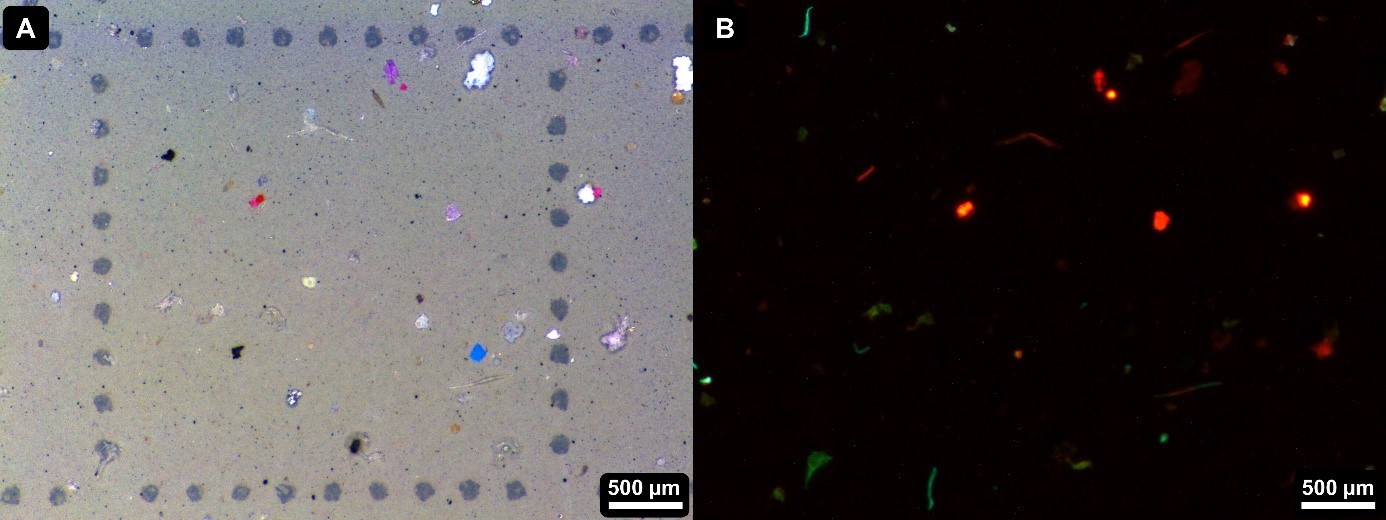
Without fluorescence labelling, there is no differentiation between natural and synthetic particles. Fluorescent labelling makes the synthetic particles visible. Luminous particles are counted using software. | © Wasser 3.0
Mobility and flexibility: sampling with Wasser 3.0’s Particle Sampling Unit (PSU)
Large sample volumes (0.1 m³ - 10 m³) are required to reliably determine microplastic loads in different (waste)waters.
Wasser 3.0 has developed a special sampling unit (Particle Sampling Unit, PSU) to enable comparable sampling of sewage wastewater and other waters.
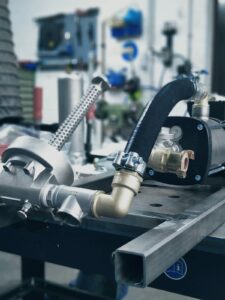
© Wasser 3.0
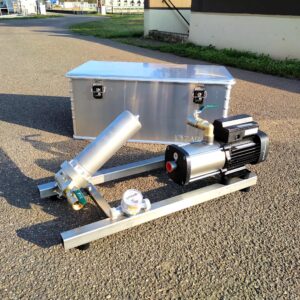
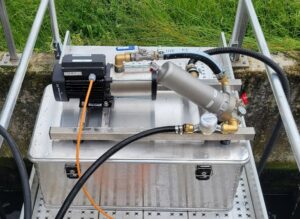
Complete service for sampling, detection, and reporting
Wasser 3.0 offers an all-round service for the detection of microplastic contamination in municipal and industrial wastewaters. After making an appointment,
Wasser 3.0 takes care of the rest. The detection technology is based on fluorescent markers and enables fast, cost-effective, comparable, and scientifically validated microplastic monitoring.

